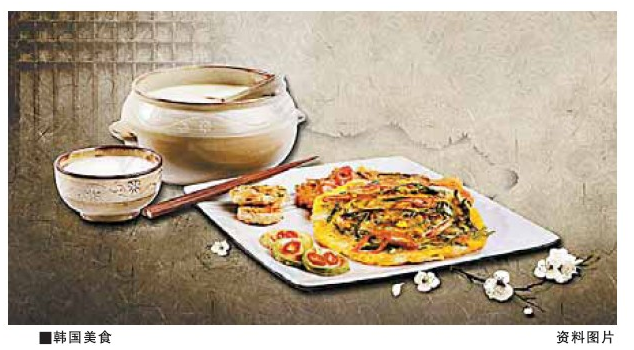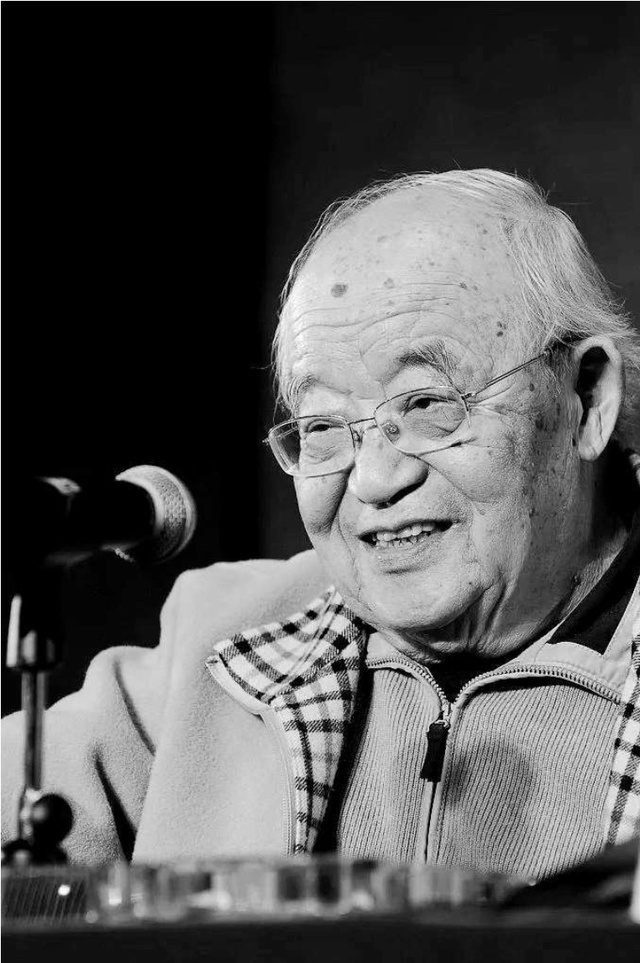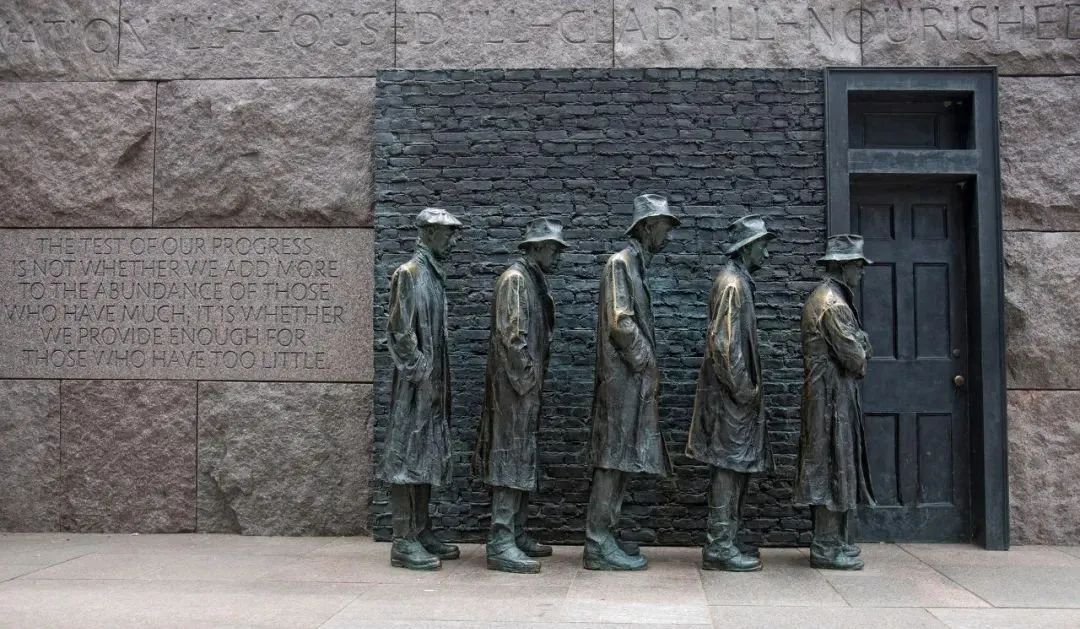The cultural significance of food in Korean literature
Author:China Social Sciences Network Time:2022.06.24
Diet is essentially a human activity, including not only physiology, but also social and psychological aspects. In literary works and a broader cultural context, food can be converted into various symbolic narrative symbols. The philosopher Ferbaha said: "People are what he eats." That is to say, people are "eating". Food reflects the living environment and attitude of human beings. In the literary works in different times, the "appearance" of food has different cultural significance.

Desire to survive
In the history of modern Korean novels, the mainstream of the 1920s and 1930s was poor novels and prison novels. Among them, representative works include Jinnan Tian's "Water" (1933), Li Guangye's "Brightness" (1939), etc. These works expressed a common core issue -food. During this period, the desire for food in literary works was to show the protagonist's desire for survival. Jin Nantian has such a description in "Water": "If it was not locked in this small house, how could I use my body to hit the stones with my body in order to satisfy this to satisfy this. ? "The protagonist's" desire "and" demand "in the prison are just the physiological desire for a" water ". This description has been criticized in the Korean literature community: "serious biological psychologicalism."
Li Guangyi's "ignorance" describes the world of crime in colonial prison. In such a world, eating is a behavior that transcends its own purposes and motivations, and is greedy, and food is the most direct means of "exposing these naked desires naked." In his work "Hunger and Kills" (1925) and "Red Flame" (1927), the culprit culprit for killing was hungry for food.
Respect Life
It is also the food that describes life to maintain life. In Park Jingli's "Market and Battlefield", it reflects the completely different significance. The protagonist Zhiying and the teachers of the same school ate and drink coffee, showing the life appearance of the school teacher in the 1960s. The owner of the boarding room was lonely, and he invited her to eat together. In addition, the food also occupies a "place" in the reasons for the unhappy marriage between Zhiying and her husband. The relationship between the couple was deteriorated by a few potatoes picked up in the land of other people's homes, and the white bean and white rice that Zhiying had eaten alone during her pregnancy.
During the war, when Zhiying returned to Seoul with other teachers, the strange women in the community gave them water at the corner of each intersection. The acquiescence of the teenagers who fled to the countryside stole sweet potatoes originated from their respect and attitude of caring for others. The food theme in "Market and Battlefield" reflects Park Jingli's literary thoughts, that is, the most important thing to defend the dignity of the person is to respect life.
Emotional appeal
Food itself has social attributes, and anthropologist Claude Levi -Strauss believes that "food not only provides nutrition, but also provides thinking." As a result, symbolist and cultural theorist began to discuss the meaning of food appearing in literary works in detail. In the masterpiece of Zhu Yaozheng's masterpiece "Guests and Mother and Mother", Yu Xi's mother cooked six eggs and asked Yuxi to send it to the guests. In Jin Yuzhen's "Camellia", Zhan Shun gave three roasted potatoes to "I". Boiled eggs or roasted potatoes are not natural objects in the work, but symbolic symbols of communication. They all convey some kind of inner favor that it is difficult to convey to each other in words.
In Li Guangye's "Tu", after Xu Chong graduated in his hometown, when he went to Beijing, Liu Shun gave him four cooked corn. "But Xu Chong didn't eat it. No, you can't eat it." Obviously, the cooked corn also contains the "heart" that is difficult to express in words like boiled eggs or roasted potatoes in front. So why not eat? From Xu Chong's "two spikes, I felt a little shameful, I wrapped it again." In the description of students and her parents ", we can see that he understands this" mind ", and feels that" shame "is because he cares about the eyes of others.
Female subject consciousness
As writers pay attention to daily themes that are closely related to life, food is no longer a simple material, but a major literary material that reflects the cultural connotation of the era. Park Wanxu's "A Falling afternoon" and "Urban Wilderness" show women's views on marriage and love. The background is set in the 1970s of the rapid development of industrialization and urbanization in South Korea. The heroine is the middle class of the city, with worldly desires and snobbish. The "New Table of Kitchen" and three -dimensional Western food show the changes in women's consciousness in the 1970s, as well as the increasingly miniature in the family.
Works such as "Standing Women" and "Very A long joke" reflect the gender awareness and self -identification of women in the 1990s in the post -capitalist social environment. In the family, women's cooking was taken for granted at the time, but the protagonist "cash" of "very long joke" held a strong attitude towards such a woman's obligation to "cooking" in the family. The reason for her divorce and the reason for her pursuit of a new life is "cooking". She refused to make a home for her husband, but showed her enthusiasm for cooking after divorce and new love relationships.
Cultural communication
South Korea and China belong to the Asian cultural circle, and ancient North Korea was deeply influenced by Chinese food culture. "Lock Tail Record" records the time of time for the mid -year aristocracy of North Korea. There are descriptions of specific food raw materials and production methods such as "kneading with glutinous rice flour into round cakes, and then frying it with frying. On the 105th after the winter solstice, the fireworks are banned, and only cold foods are eaten. "" Dragon Boat Festival is the most nutritious day in the year. It will collect medicinal materials and make rice cakes to sacrifice their ancestors. At this time Eat, pick up the aegun, mash with a mantle, put in glutinous rice flour, and rub into the traditional festivals and dietary habits of green diligators in the shape of a green single -wheel car. It is not difficult to see the shadow of traditional Chinese dietary customs. Nowadays, the diet of traditional festivals such as the Spring Festival and Mid -Autumn Festival is very different from China, with its unique national customs and culture. Especially in recent years, more and more "Korean foods" have appeared in South Korea, including comics, film and television, and other forms of literary works, forming a unique food culture of South Korea, which have been widely spread. "Kimchi", "Beer with fried chicken", "Korean fried noodles", "Korean troops hot pot", etc., have been accepted and loved by young people in more and more countries around the world through various forms, and have become Korean food cultural symbols.
In addition to eliminating the value of human hunger, food is itself a culture, life and ideology. Food in literary works can also become a way and content of cultural communication. Chinese writer Gao Xiaosheng said, "eating is also a culture", because we see a cultural spirit accumulation during the development and evolution of food.
Source: China Social Science Network-Journal of Social Sciences of China
Author: Zhang Lili
- END -
The famous noun writer Qiao Yu created "Let's Swash Patstels" and "My Motherland" behind the scenes

The fame writer Qiao Yu died in Beijing last night (June 19) at the age of 95. Qia...
Cross the Great Depression: Kanesian and Rooseveltism

To this day, liberals are still worried about Roosevelt's New Deal. They believe t...